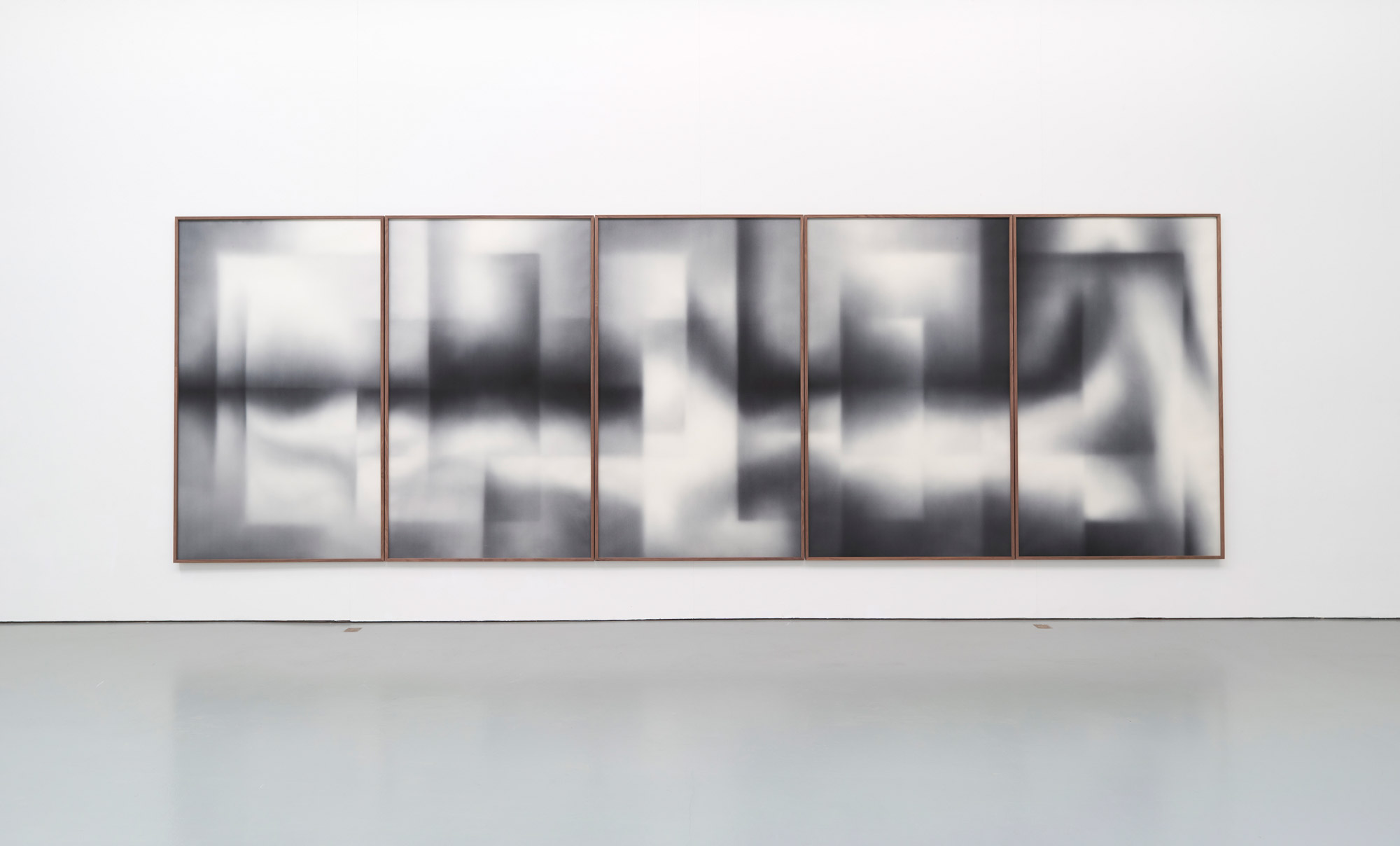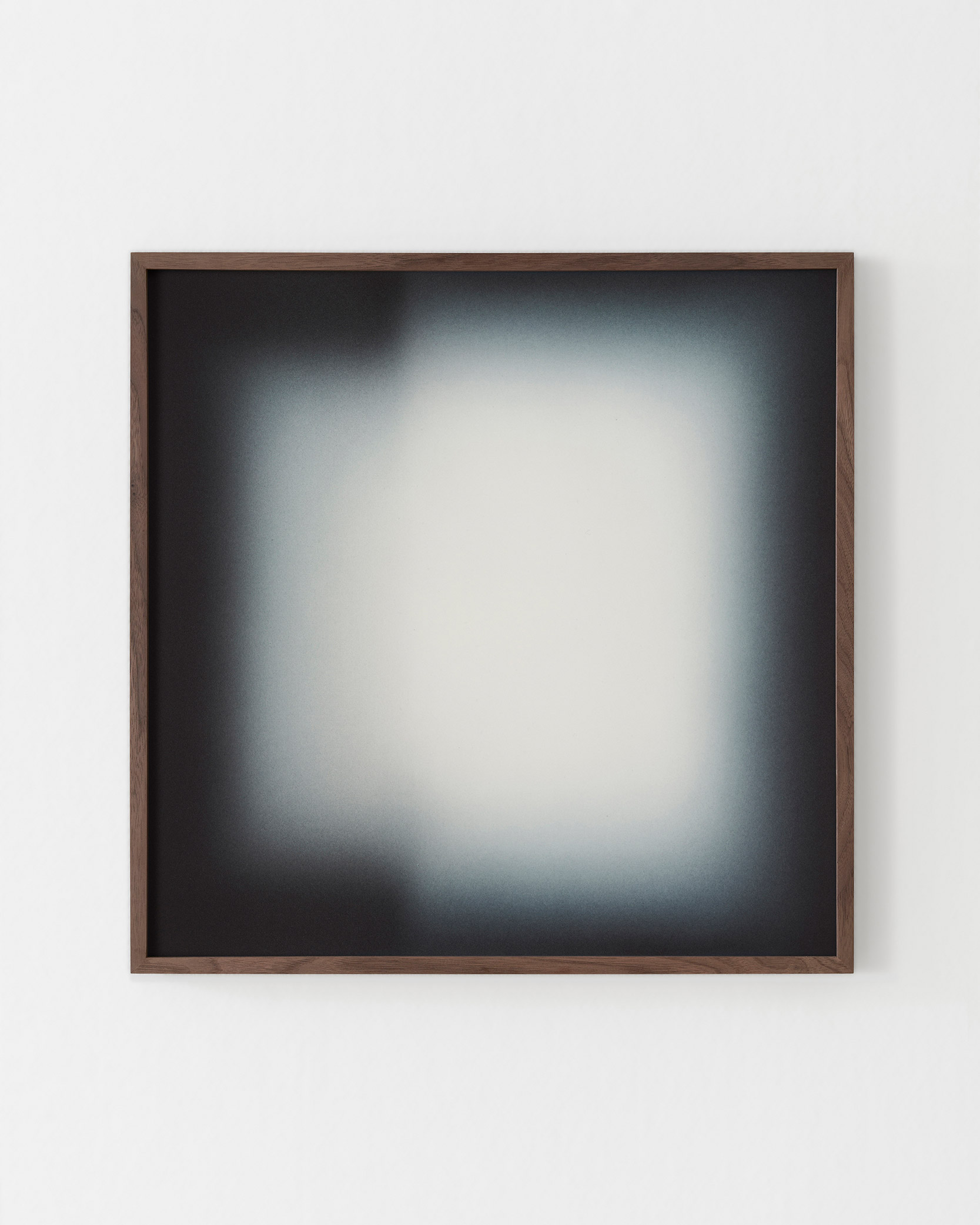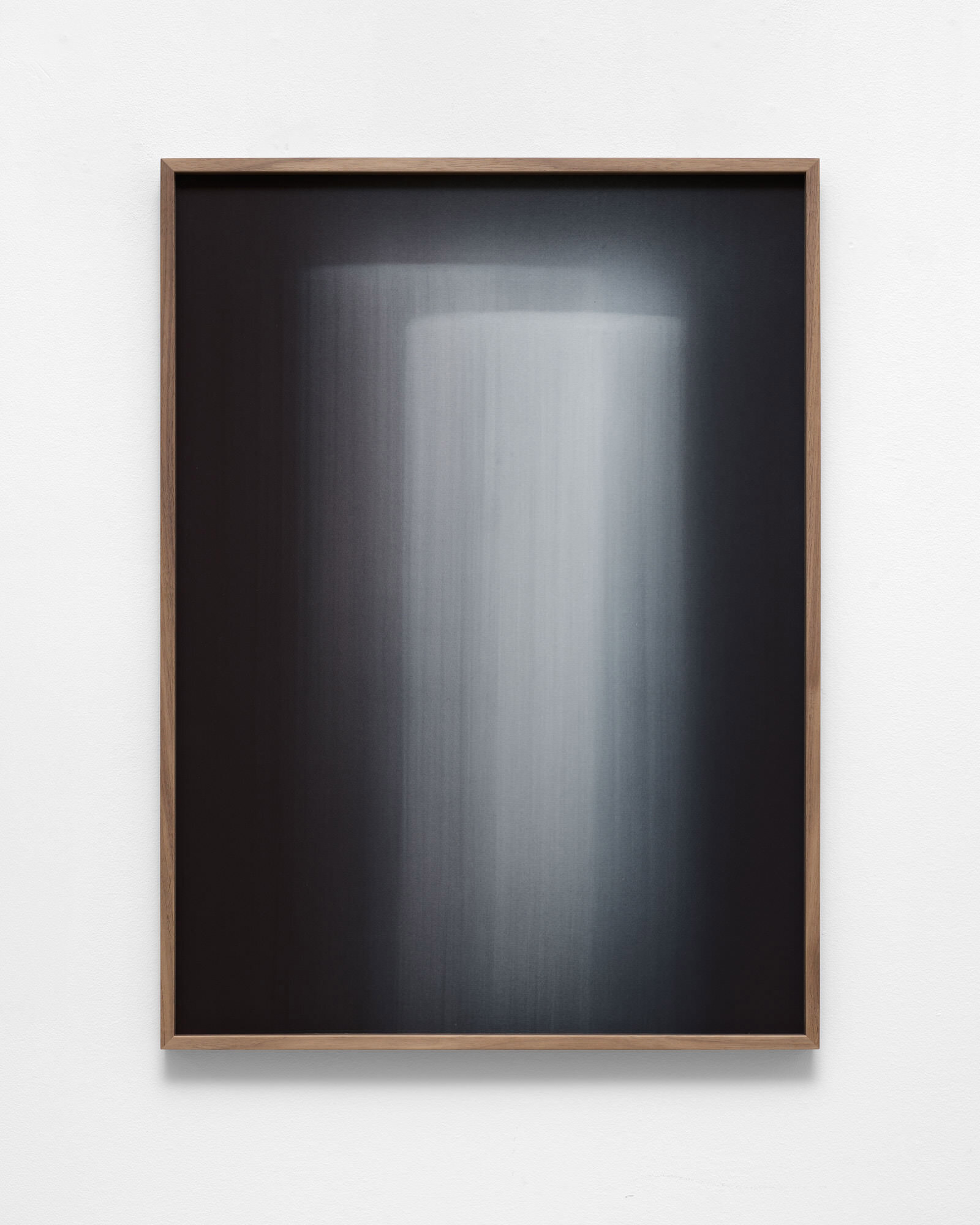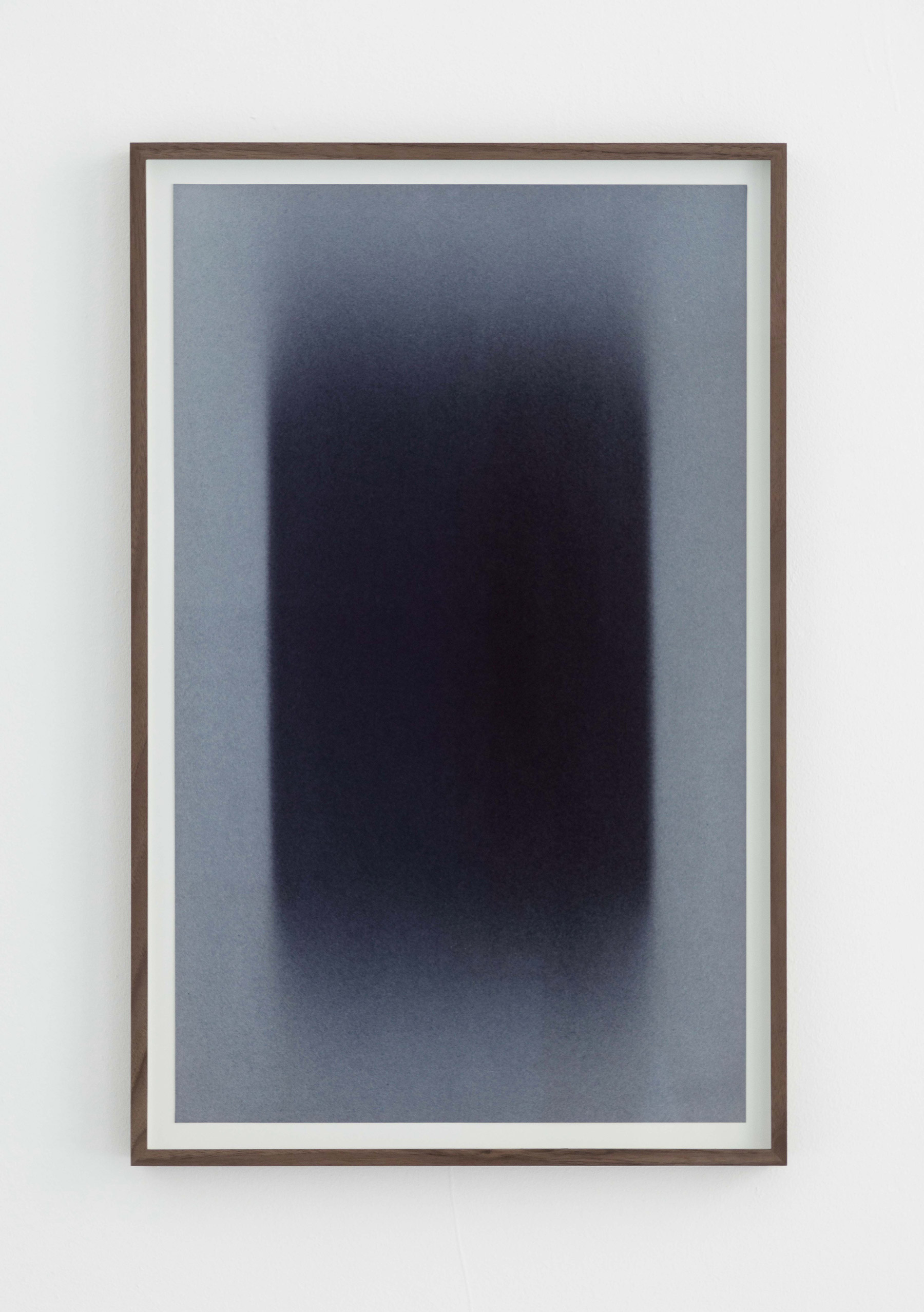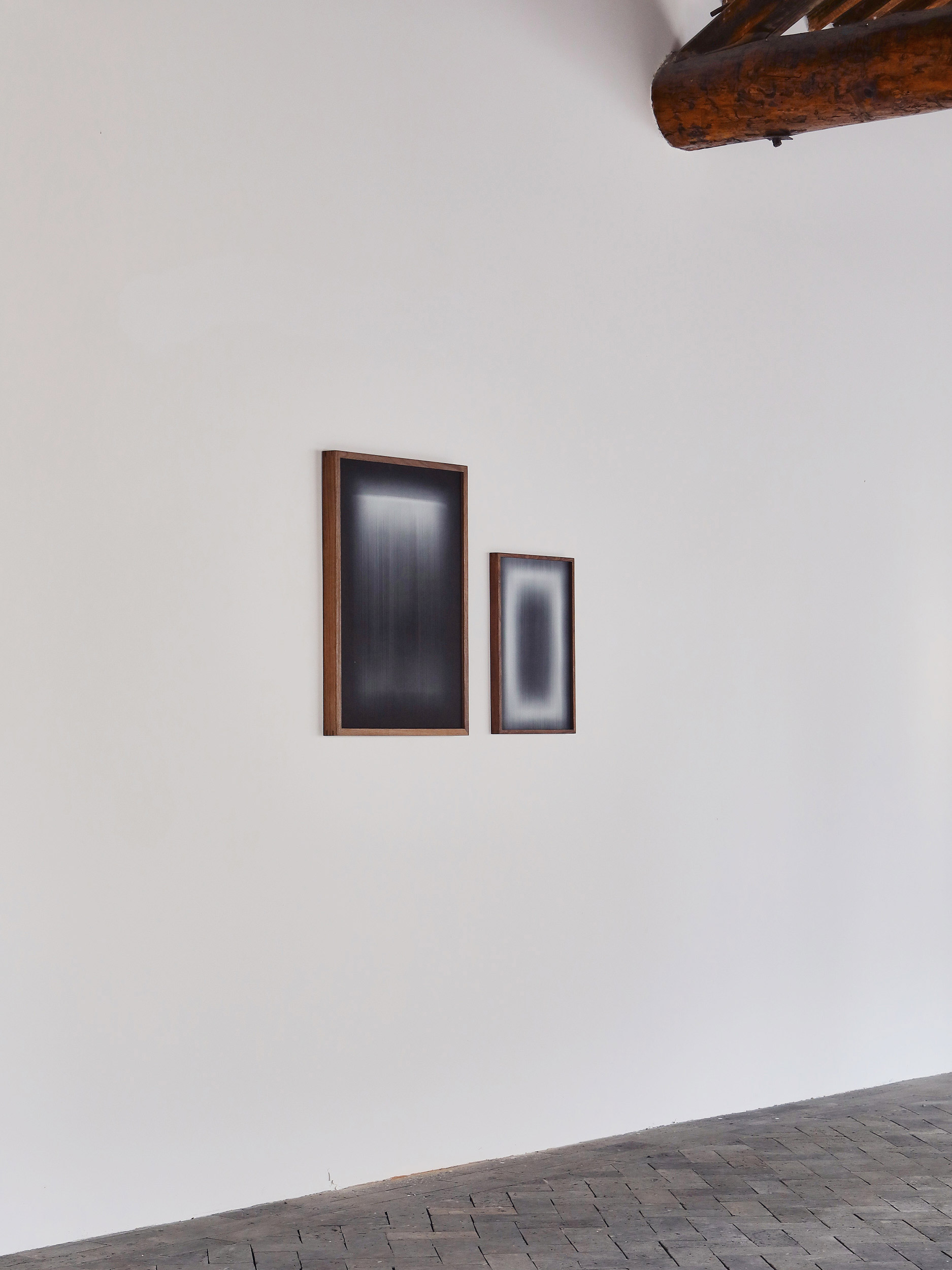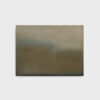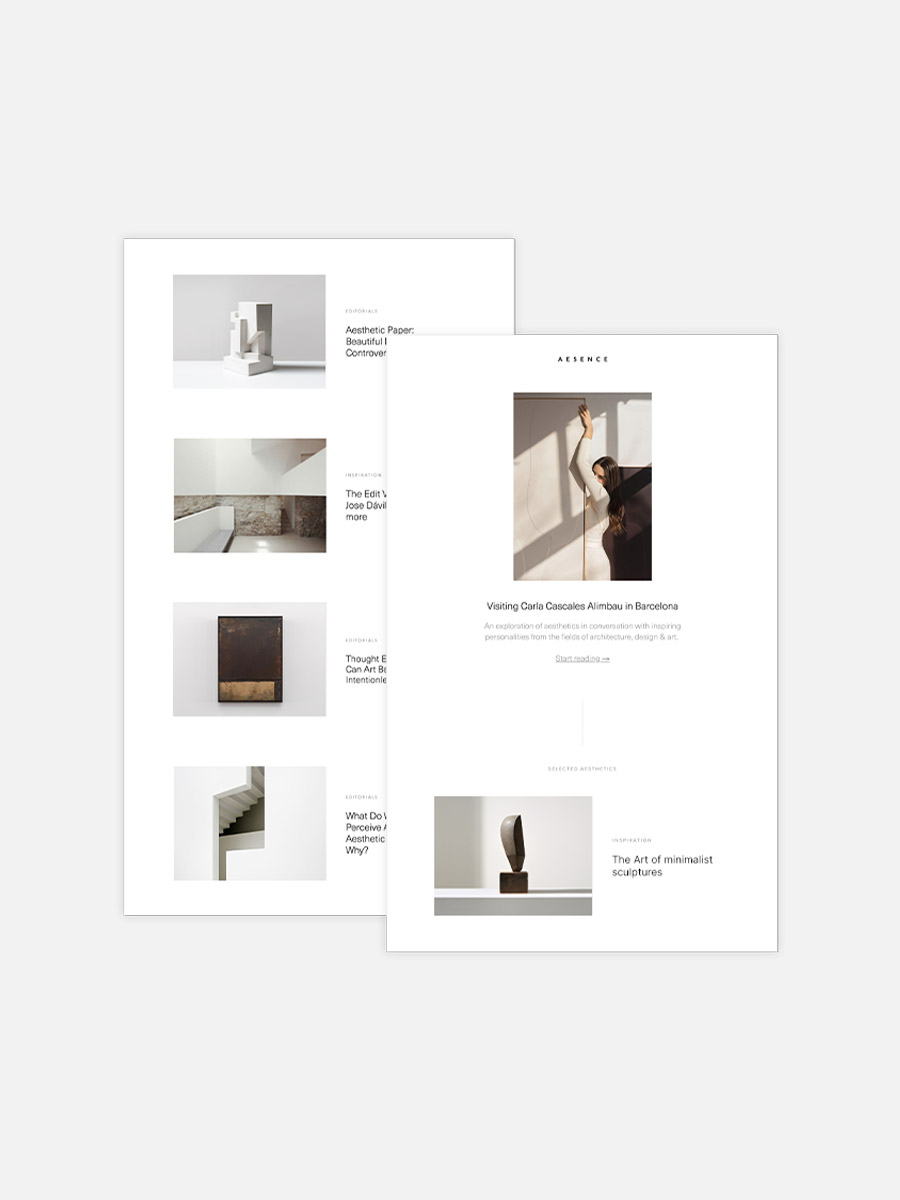In the latest edition of our interview series, we once again dive into the world of minimalist aesthetics. In inspiring conversations with creative minds from the fields of architecture, design, and art, we explore how they are guided by their vision and how they express it in their works. Along the way, they provide us with interesting insights into their creative process and reveal how they perceive and shape the world. This time, I had the pleasure of having an inspiring conversation with Ylva Carlgren.
Swedish artist Ylva Carlgren (b. 1984 in Luleå) fascinates with subtle, atmospheric watercolor paintings that captivate with their nuanced play of light and shadow. With a keen sense of materiality and technique, Carlgren creates delicate compositions in which several layers of color meet and create a quiet, deep presence. At the heart of her work is the exploration of in-between-spaces, emptiness and the possibilities that arise from reduction.
In this interview, I talk to Ylva about her journey from her photorealistic beginnings to abstract reduction. She also shares inspiring insights into her creative process, the importance of intuition and technical experimentation – as well as how she deals with new influences and her plans for the future.
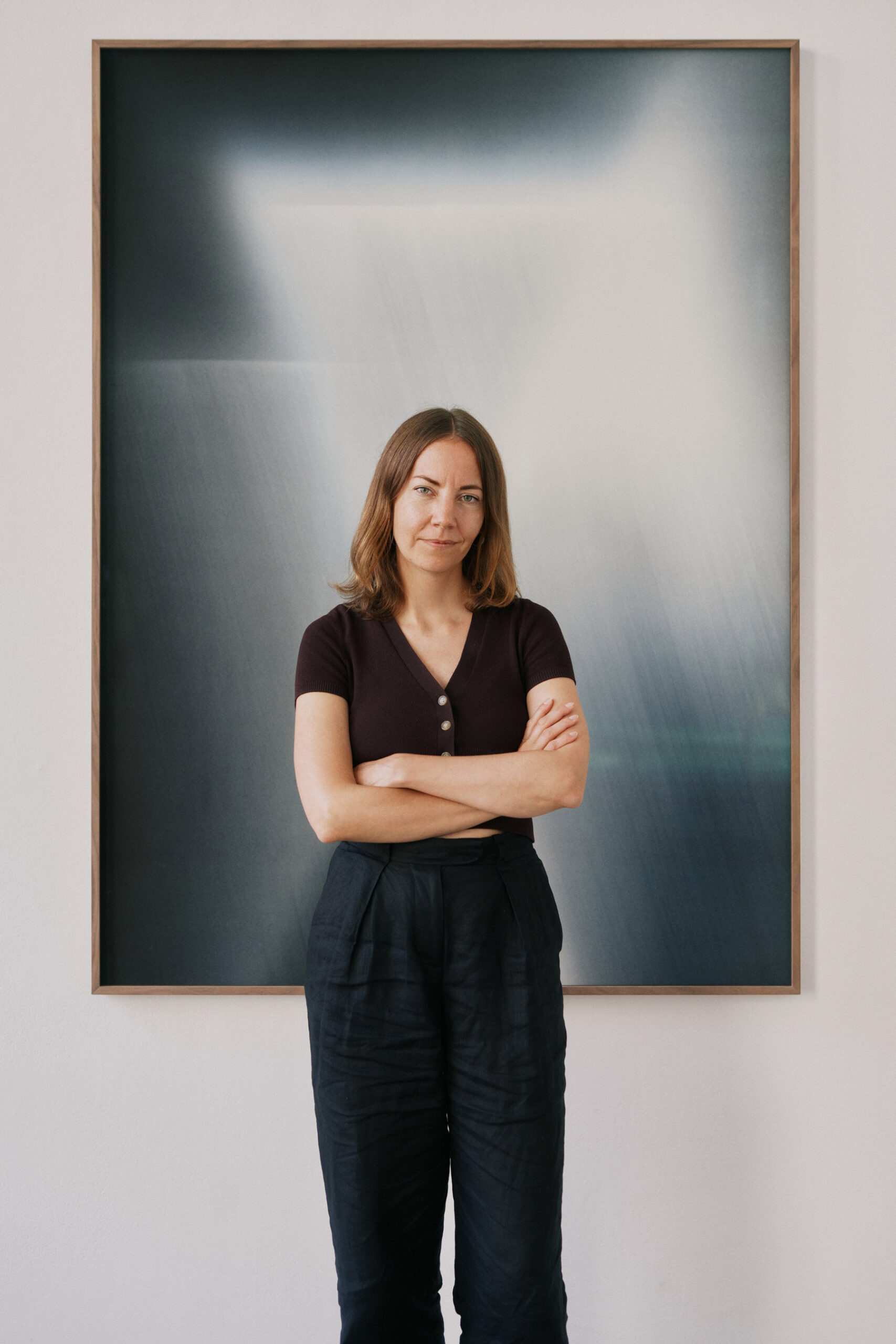

Ylva, thank you so much for your time! Please tell us how you got into art – when did you realize that you wanted to become an artist?
I come from a family of artists, so art has always been a part of my life. Aside from art I have always been interested in foreign languages, and my initial plan was to become a translator. But then I ended up in art school and started painting watercolor, and I haven’t done anything else since then.
You originally began with figurative and photorealistic painting but then made a significant shift to abstraction. Could you share what triggered this evolution in your artistic style?
Photorealism was the thing that got me interested in watercolor to begin with because I was really drawn to the challenge of learning how to control it. It suited my personality to work with something that required planning, concentration and patience. But then I realized I was much more interested in painting itself – the process and the materiality, than in the motifs.
Two years after graduating I abandoned realism altogether, without knowing where to go next. During a year-long crisis, I reduced my work to its core elements, and ended up with very simple, monochrome, geometric compositions. The work started to center on really basic questions like how do you paint nothing, or what is a painting when it doesn’t depict anything. Maybe realism is still a part of my work in some way, it’s just a different reality.
Maybe realism is still a part of my work in some way, it’s just a different reality.
How would you describe your art to someone who has never seen it before? What emotions or thoughts do you hope to evoke in your viewers?
My work is non-figurative and minimalistic, but there is usually a sense of space and some kind of light within that space. The one thing that seems to strike most viewers on a first encounter with my work is that it is hard to tell what medium it is, and how it is made. They are usually surprised to find out that it is just watercolor on paper, painted with a brush. I think I like it when the work appears as though it depicts something real, while at the same time being completely abstract and non-figurative. I don’t intend to convey anything in particular, and I am mostly happy if it makes the viewer feel something, whatever that may be.
Your works radiate a meditative calm. Is meditation or mindfulness part of your life, and how does this influence your approach to art?
Yes, in a way. I am very aware of the importance of silence and focus in my work. The act of painting itself is a form of meditation, it forces me to be completely in the moment, free from distractions and external expectations. I love this feeling; I even forget to eat and drink. I see it as a dialogue with the canvas, a process of observing, adjusting, and feeling. In that sense, mindfulness is an integral part of my creative process.
I think I like it when the work appears as though it depicts something real, while at the same time being completely abstract and non-figurative.
A central theme in your works is the exploration of emptiness and in-between spaces. What philosophical or aesthetic principles draw you to this concept, and what do you find most fascinating about it?
I never really made a clear decision to work with those themes, the emptiness just happened to appear when I took everything else away. By doing so, I discovered something else, a different kind of presence that was strangely captivating. While painting, the work is in constant transition from one state to the other.
It’s neither absent nor fully present, and it demands perceptiveness to be able to capture it. I wouldn’t claim to know anything about eastern philosophy, but I have found that there is a language for this duality and ambiguity of being/non-being in for instance Buddhist thought.
Let’s step into your studio for a moment. Can you tell us more about your creative process? How do you start a new work, and how do you know when it’s finished? What role does intuition play?
Most of the time I start by looking at works which I have already done, and that gives me an idea of where to go next. One part of the work is just technical, trying to figure out if something is possible and then doing trial and error until I figure that out. The other part is intuitive, the work has to speak to my emotions.
Sometimes I have to do the same work several times before I succeed and altogether it is a very repetitive and cyclical process. The work is usually finished when I reach a kind of limit, where I know another layer of paint would risk ruining everything.
During your one-year-long preparation for your inaugural exhibition in China at the Space of Time Gallery, you visited the historic capital Beijing and explored its traditional gardens and temples. How did these experiences shape your philosophical understanding of the concept of emptiness?
Something that stood out for me was the recurring element of the frame, and how that was used and repeated within the architecture, playing with perspective and how we perceive distance and scale. This is something that has already been present in my work, so it resonated with me and I incorporated that in a more conscious way in the exhibition. I thought about how the frame is a kind of element that states there is something there to
look at, and it is also a border within which nothingness can reside.
You also developed a new technique during that time by removing dark paint layer by layer. What new possibilities has it opened up for your artistic expression?
For years, I have been painting in a way that leaves no visible trace of the brush, which gives the work a kind of photographic appearance. But with the new technique of removing paint, the materiality becomes more evident. It gives a different kind of depth to the work that is interesting to play with. I needed to move away from perfectionism and allow some roughness in the work.
I did a 3-month residency in Japan in 2018, specifically to take classes in traditional calligraphy. I have been wondering if, how and when that would influence my work, and now I think I can finally see it.
What are you currently working on, and what are your plans for the future? Are there any new themes or techniques you are excited to explore further?
After two really busy years I am currently enjoying working in the studio without deadlines. For the moment I’m trying to get to know some pigments that I haven’t worked with before. In the future I would like to make more large-scale work, like the 7,5 meter wide painting that I made for The Royal Academy of Art in Stockholm in 2023.
I needed to move away from perfectionism and allow some roughness in the work.
